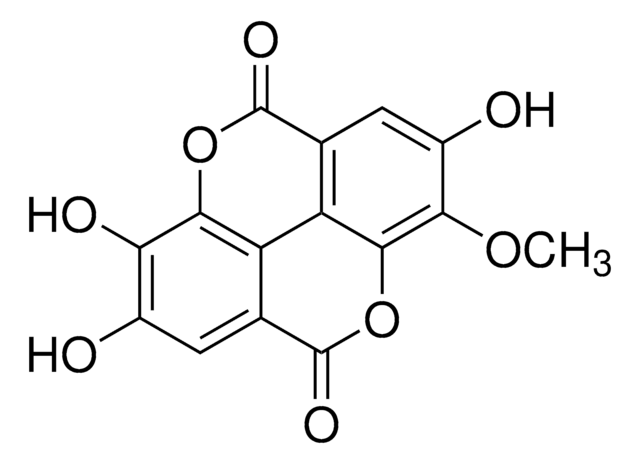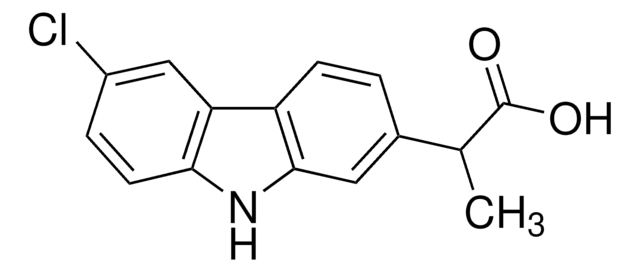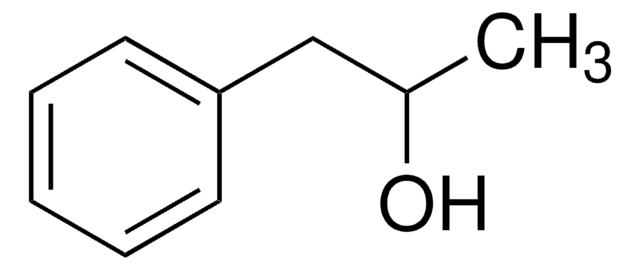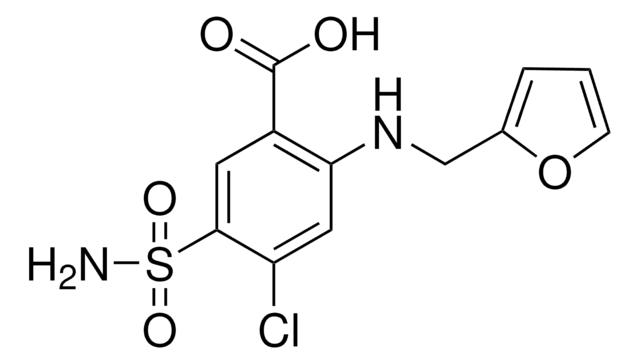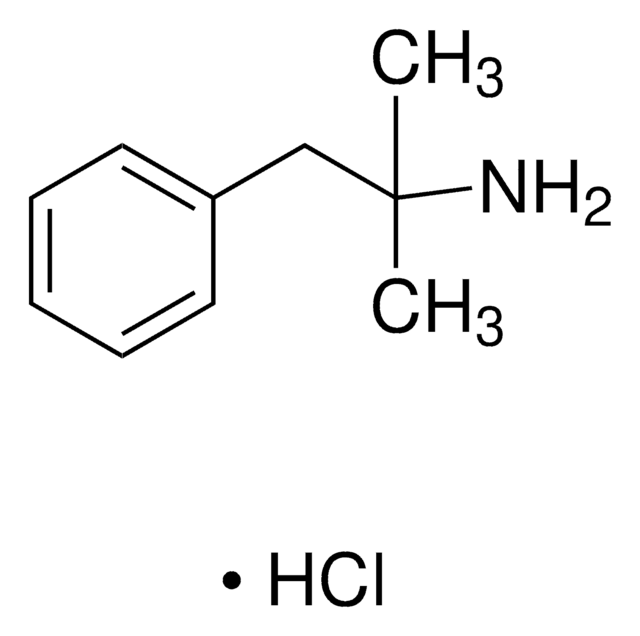C3196
S(−)-Cathinone hydrochloride
Synonyme(s) :
α-Aminopropiophenone hydrochloride, S(−)-2-Amino-1-phenyl-1-propanone hydrochloride
About This Item
Produits recommandés
Forme
powder
Niveau de qualité
Contrôle du médicament
USDEA Schedule I; Home Office Schedule 1; stupéfiant (France); kontrollierte Droge in Deutschland; regulated under CDSA - not available from Sigma-Aldrich Canada; psicótropo (Spain); Decreto Lei 15/93: Tabela IIA (Portugal)
Technique(s)
HPLC: suitable
gas chromatography (GC): suitable
Solubilité
H2O: soluble
ethanol: soluble
Application(s)
forensics and toxicology
pharmaceutical (small molecule)
veterinary
Température de stockage
2-8°C
Chaîne SMILES
Cl.C[C@H](N)C(=O)c1ccccc1
InChI
1S/C9H11NO.ClH/c1-7(10)9(11)8-5-3-2-4-6-8;/h2-7H,10H2,1H3;1H/t7-;/m0./s1
Clé InChI
HPZCAKYHISJOIK-FJXQXJEOSA-N
Description générale
Actions biochimiques/physiologiques
Mention d'avertissement
Warning
Mentions de danger
Conseils de prudence
Classification des risques
Acute Tox. 4 Oral - Eye Irrit. 2 - Skin Irrit. 2 - STOT SE 3
Organes cibles
Respiratory system
Code de la classe de stockage
11 - Combustible Solids
Classe de danger pour l'eau (WGK)
WGK 3
Point d'éclair (°F)
Not applicable
Point d'éclair (°C)
Not applicable
Équipement de protection individuelle
dust mask type N95 (US), Eyeshields, Faceshields, Gloves
Faites votre choix parmi les versions les plus récentes :
Déjà en possession de ce produit ?
Retrouvez la documentation relative aux produits que vous avez récemment achetés dans la Bibliothèque de documents.
Notre équipe de scientifiques dispose d'une expérience dans tous les secteurs de la recherche, notamment en sciences de la vie, science des matériaux, synthèse chimique, chromatographie, analyse et dans de nombreux autres domaines..
Contacter notre Service technique